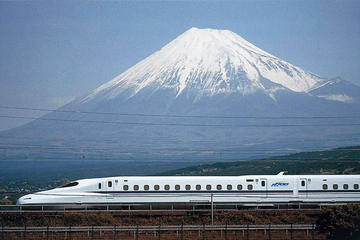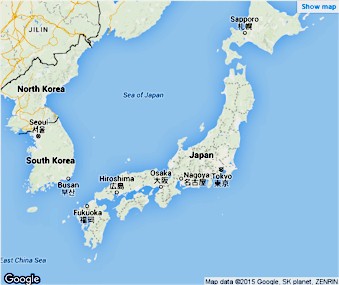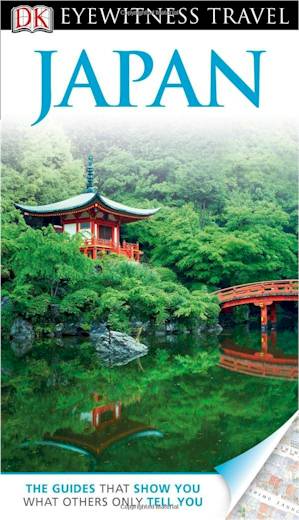« home • asia • JAPAN • Discover Japan
Discover Magical Japan
Somewhere between the elegant formality and the candid, sometimes boisterous exchanges that take place over a few drinks, between the sanitized shopping malls and the unexpected rural festivals, everyone finds their own vision of Japan.
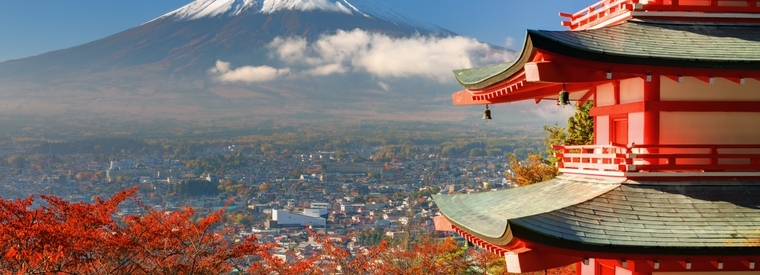
Popular Destinations:
Hokkaido •
Kansai •
Kanto •
Kyoto •
|
• Tokyo
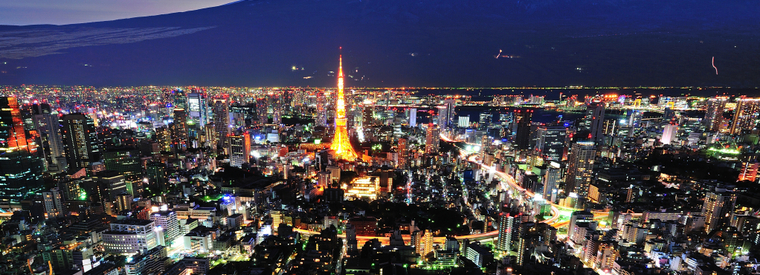
Tokyo is the seat of the Japanese government and the Imperial Palace, and home of the Japanese Imperial Family. Tokyo is therefore, the de facto capital of Japan. It is also the most populous prefecture and city in the country, and core of the Greater Tokyo Area which is the most populous metropolitan area in the world …
• Kyoto
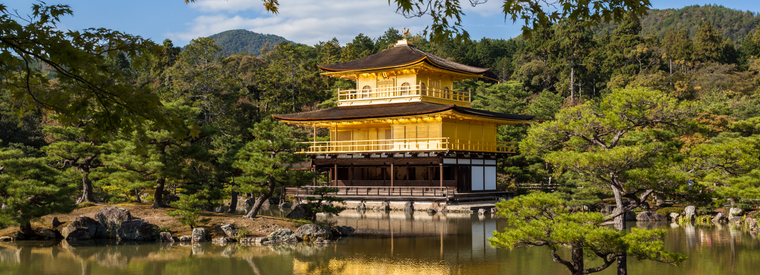
With its hundreds of temples and gardens, Kyoto was the imperial capital between 794 and 1868, and it remains the cultural center of Japan. The city is Japan's cultural treasure house, with an astonishing 1,600 Buddhist temples, 400 Shinto shrines, a trio of palaces, and dozens of gardens and museums …
• Okinawa
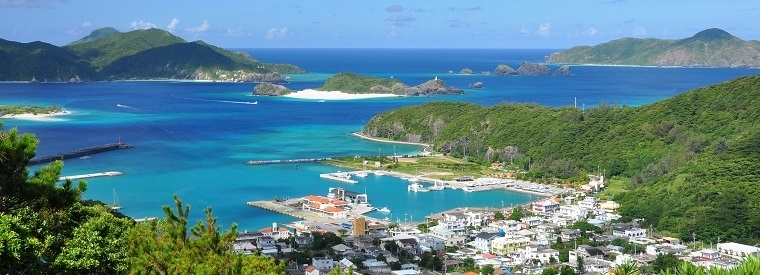
Okinawa's unique people, deep history, diverse culture and political leanings are just parts of what make a visit this island memorable. Its nearby tropical islands offer a welcome respite for travelers eager to escape the stresses of daily life, and iconic structures like Shuri Castle and Nakijin Castle provide a window to a centuries-old past …
• Osaka
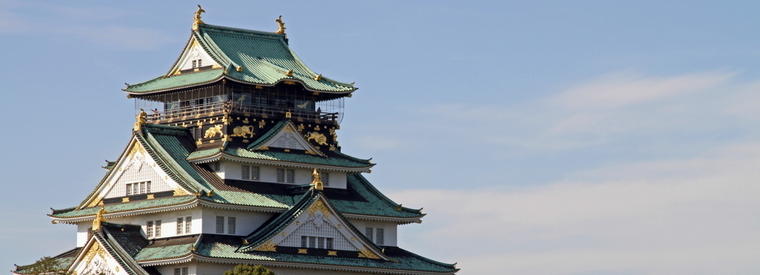
At night Osaka's streets and alleys come alive with flashing neon, beckoning residents and travelers alike with promises of tasty food and good times. Meanwhile, waterfront developments are restoring Osaka's image as a port town and creating new attractions for visitors …
• Sapporo
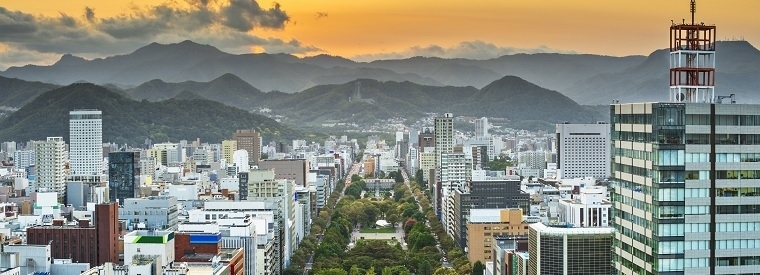
One can't visit Sapporo without exploring the origins of its namesake beer. Visitors can tour the Hokkaido brewery or enjoy a pint in the massive Sapporo Biergarten. No matter the season, Sapporo serves as a base for outdoor activities, whether it's mountain biking to the top of nearby Mt Tarumae in spring or skiing …
• More Destinations in magical Japan
A | B | C | D | E | F | G | H | I | J | K | L | M | N | O | P | Q | R | S | T | U | V | W | X | Y | Z
» Akashi Kaikyo Bridge
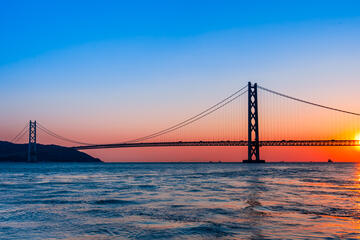
The Akashi Kaikyo Bridge, also known as the Pearl Bridge, spans the Akashi Strait from Kobe to Iwaya on Awaji Island. Since its completion in 1998, it has held the record of having the world's longest central span in any suspension bridge, measuring 1.2 miles (1.9 kilometers). In total, the bridge extends 2.4 miles (3.9 kilometers). Located at the foot of the Kobe side, the Bridge Exhibition Center displays information on the planning and construction of the bridge, as well as on other suspension bridges around the globe …
» Fukiware Falls
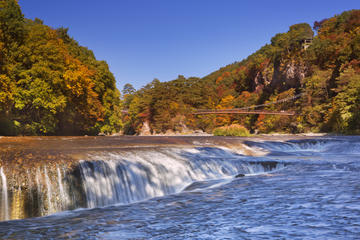
The Fukiware Falls are often referred to as 'the Niagara Falls of Japan.' Although they don't come close in terms of size, they live up to their name due to their shape and for the impression they usually leave on visitors. The falls are located about 16 kilometers from the city of Numata and are formed by the Katashina River. There are a number of unique rock shapes around the falls, with the strong flow of the water constantly eroding them. It is said that the rocks here move back approximately seven centimeters a year due to this natural phenomenon …
» Hakutsuru Sake Brewery Museum
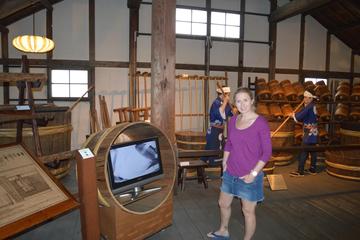
Kobe, particularly the Nada District, has long been a sake-brewing center of Japan, with the Hakutsuru brewery as a dominant presence. The Hakutsuru Sake Brewery Museum, operated by the Hakutsuru company, teaches visitors just about everything there is to know about sake, including the 2,000-year-plus history of the beverage, traditional sake-making methods, the modern brewing process and tasting hints for enjoying sake. The museum occupies two floors of a former Hakutsuru brewery and features several live-size dioramas …
» Hiroshima
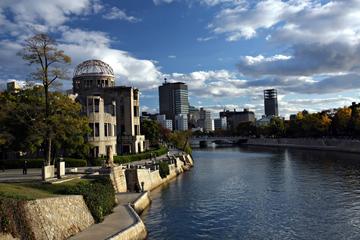
One of the most moving day trips you can take in Japan is to Hiroshima. Prosperous once again, the city will forever be synonymous with the tragedy of war and the atomic bomb that was dropped on the city at the close of World War II in 1945. A visit to Hiroshima focuses on Peak Memorial Park, and the enigmatic shell of the ruined A-Bomb Dome. A cenotaph contains the names of the bomb's known victims, lit by the Flame of Peace. Learn more about the tragic history of Hiroshima at the nearby A-Bomb Museum …
» Hiroshima Peace Memorial
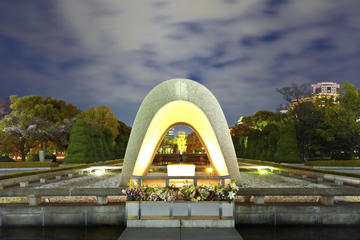
Also called Genbaku Dome, this landmark was the only building left standing after the Enola Gay dropped an atom bomb on the city of Hiroshima, Japan on August 6, 1945, eventually killing 140,000 people. Genbaku is the Japanese word for 'atomic bomb.' Originally built in 1910 as the Hiroshima Commercial Exhibition Hall, in 1933 it was renamed the Hiroshima Prefectural Industrial Promotion Hall. The five-story building, its exterior faced with stone and plaster, was topped with a steel-framed, copper-clad dome …
» Hiroshima Peace Memorial Museum
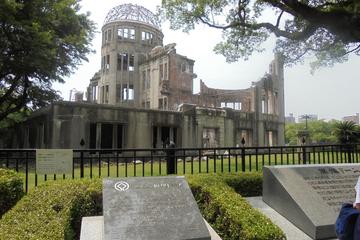
Few will forget the fateful events of Aug. 6, 1945, when the United States dropped an atomic bomb on the city, effectively ending World War II and costing the lives of some 80,000 residents, and Hiroshima will forever be tied to its tragic past. Despite its losses, the overwhelming sentiment in Hiroshima is of peace and wandering around the poignant memorials and tributes is an emotional experience, made all the more powerful by the moving exhibitions at the Hiroshima Peace Memorial Museum …
» Itsukushima Shrine
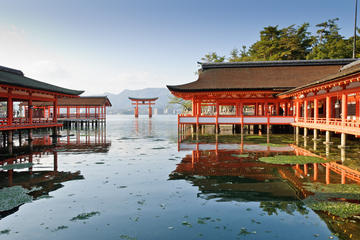
Itsukushima Shrine, a Shinto holy site on Miyajima Island in the Seto Island Sea near Hiroshima, has a history dating back to the sixth century, when the first shrines were likely erected on the island, believed to be the above of gods. The iconic red torii, or shrine gate, that appears to float on the surface of the water just of the shores, guards the UNESCO-listed shrine. At the time the shrine was built, commoners weren't allowed to step foot on the island due to its holy status, so the gate and temple were constructed in the water to allow visitors to approach by boat …
» Jigokudani Monkey Park
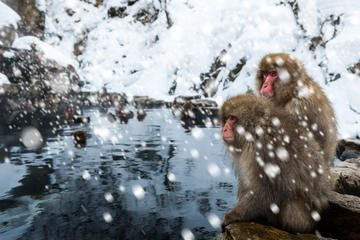
Located 2,789 feet (850 meters) above sea level in the Valley of Yokoyu, Jigokudani Monkey Park stands out as one of Japan's most popular and unique onsen. Onsen, the Japanese term for hot springs, are popular throughout the country, and the onsen found in the frequently snow-covered region of Joshinetsu-Kogen National Park in Northern Nagano prefecture attracts more than just human bathers. The forests of the valley serve as the natural habitat of wild Japanese Macaques, or Snow Monkeys …
» Kasuga Shrine
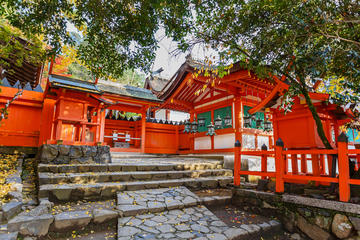
Located in the city of Nara, a day trip's distance from Osaka, the Kasuga Shrine dates back to the year 768, when its construction was ordered by Emperor Shotoku. In the centuries since, it has been rebuilt several times. This celebrated Nara shrine is most famous for the series of giant stone lanterns that line the paths toward its entrance. They are lit twice each year during the biannual lantern festivals in early spring and early autumn. Hundreds more bronze lanterns, many donated by temple worshippers, hang within the buildings of the complex …
» Katsunuma Winery
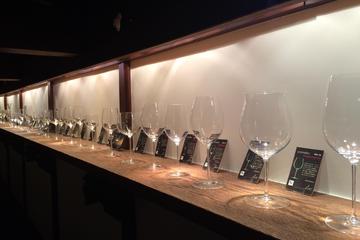
Wine-making in Japan began in the 19th century and is now produced in various regions across the country. Situated in the Yamanashi Prefecture, Katsunuma lies within picturesque countryside at the eastern part of Kofu Valley and to the north of Mount Fuji. The Katsunuma Winery was established in 1937 and lies at the very heart of the region, easily accessible as a day trip from Tokyo. The main building is styled on the traditional architecture of Japanese private houses. For three generations, the Katsunuma Winery have cultivated grapes in an area covering more than 70 acres …
» Kawaguchi Lake
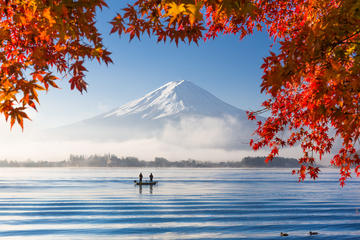
Kawaguchi Lake has the second largest surface area of the Fuji Five Lakes. It also has the longest shoreline, as well as the lowest elevation. The lake is situated at an altitude of around 800 meters, which means it has relatively cool summers followed by freezing cold winters. The lake serves at the main hub for those looking to climb Mount Fuji during the climbing season (July and August), and is the most popular of the Fuji Five Lakes in terms of tourism. Hotels, camp sites, museums, hot spring baths, windsurfing, fishing, and boat trips …
» Kawaguchi Sengen Shrine
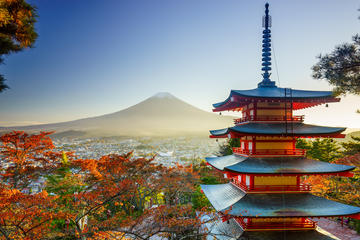
Located on the north side of Lake Kawaguchi, the Kawaguchi Sengen Shrine was built in the ninth century after Mt Fuji erupted, causing chaos and tragedy among the locals. This shrine was built as a gesture by the people to appease the anger of the gods that they believed caused the mountain to erupt. On the approach to the shrine, giant 800-year-old cedar trees line the path on either side, with stone lanterns guiding the way to the red pagoda beyond. In the past, the Kawaguchi Sengen Shrine was a common starting point for climbing Mount Fuji from the north …
» Kenroku-en Garden
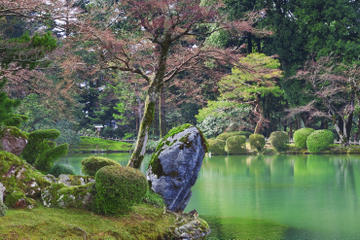
Widely considered one of the most beautiful gardens in Japan, Kenroku-en Garden in Kanazawa began in the seventeenth century as a private garden for Kaga feudal lords. The garden first opened to the public in 1874 and was designated a National Site of Scenic Beauty in 1922 and upgraded to a National Site of Special Scenic Beauty in 1985. In traditional Chinese gardening, there are said to be six attributes that make up the ideal garden landscape. Kenroku-en translates to 'garden of six attributes,' …
» Kobe
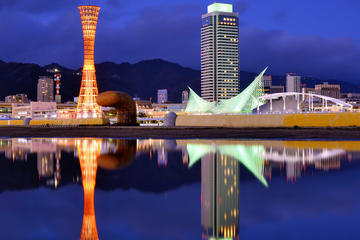
Most people only know about Kobe thanks to the famous beef, but this city of 1.5 million people is one of the most beautiful and most international in Japan. The fifth largest city in Japan is home to an estimated 44,000 foreigners from more than 120 different countries, and with a position sandwiched between the mountains and the sea, it's incredibly beautiful. In 1995, Kobe was devastated by an earthquake that leveled entire blocks and took the lives of more than 6,000 people. Today, it's hard to imagine you're even in the same city …
» Koko-en Garden
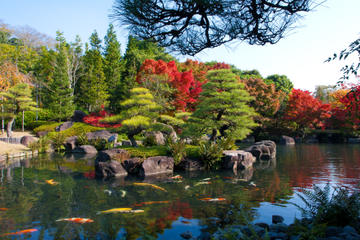
Located on the grounds of the Himeji Castle, Koko-en Garden was finished in 1992 to commemorate the one-hundredth anniversary of the Himeji municipality. The 9-acre (3.6-hectare) space, divided into nine smaller gardens, showcases the typical garden style of the Edo Period when Japan was under shogun rule. Professor Makoto Nakamura from Kyoto University supervised the design of the gardens, which are laid out on the former site of the lord's residence and samurai houses …
» Kurashiki Bikan Historical Quarter
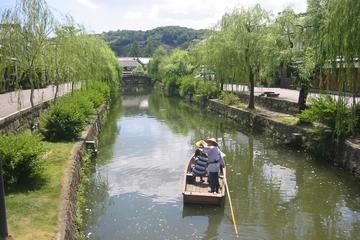
With its scenic canals lined with weeping willows, Edo-period gardens and historic merchant houses, the Kurashiki Bikan Historical Quarter offers an authentic feel of Old Japan at the heart of one of Japan's oldest merchant towns. The historical quarter has been painstakingly preserved, with the 19th- and 20th-century buildings characterized by their mushikamado latticed windows, whitewashed walls and black tiled roofs, and the waterfront promenades linked by pretty stone footbridges. Highlights of the atmospheric district include the grand Ohashi House …
» Kusakabe Folk Museum
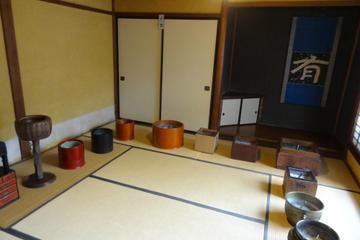
Housed in a former merchant's house from 1879, the Kusakabe Folk Museum in Takayama protects and displays a collection of Japanese folk art, and while the displays are certainly worth a visit, it's the architecture of the building itself that draws most visitors. The original structure was once the home of the Kusakabe family, a successful merchant family during the Edo Period (1603-1868). After the original was destroyed by fire in 1875, Japanese architect Jisuke Kawashiri rebuilt it using the same style as its predecessor …
Page 1 • Page 2




